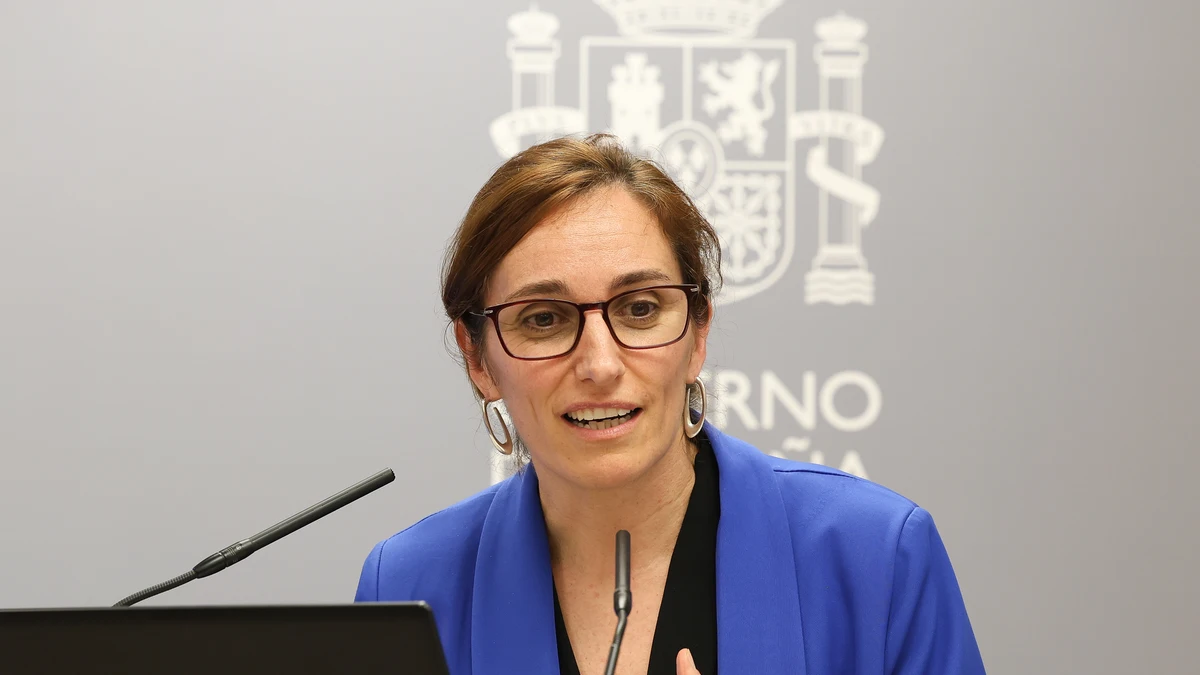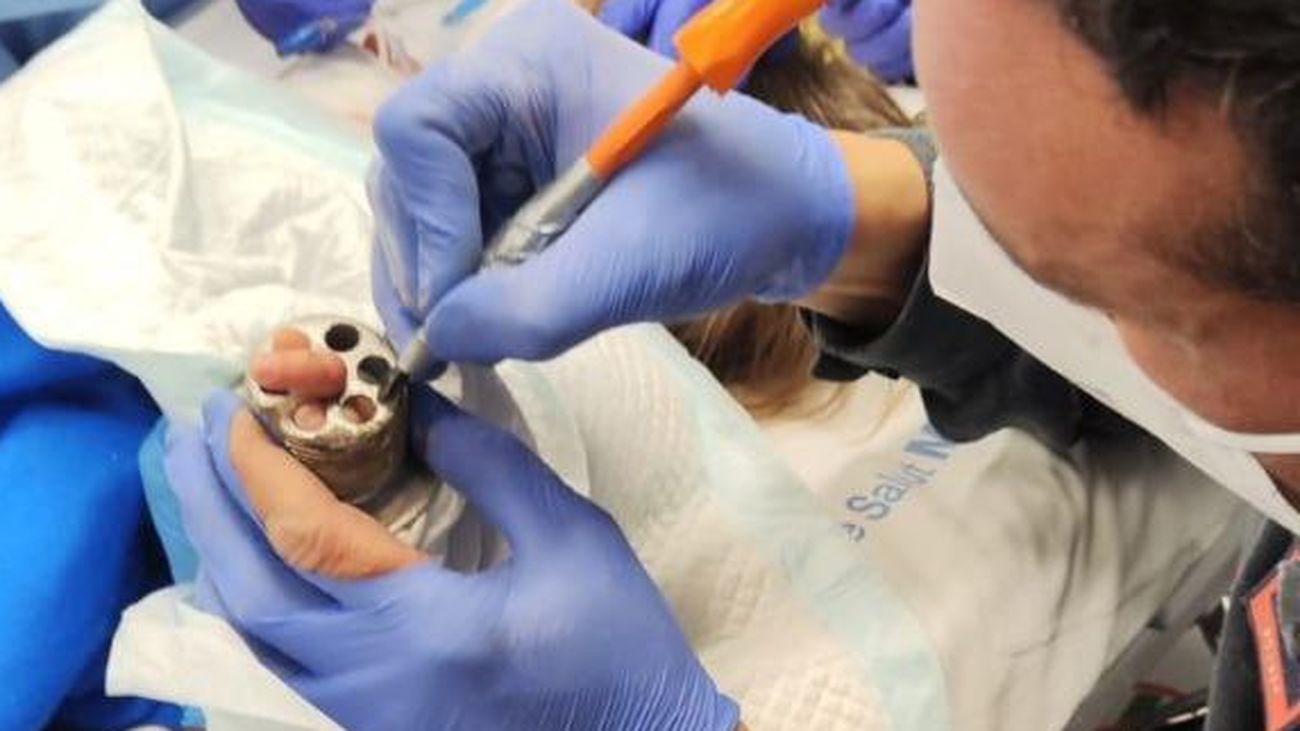Earth captures a rocket from the 1960s


In 1966, the POT launched the Surveyor 2 mission to Moon. Now, your Centaur booster rocket has apparently returned to near-Earth space, captured by our planet's gravity.
As reported by the space agency, this tiny object will remain as a temporary satellite for a few months before it escapes into a solar orbit again.
This story of celestial capture and release begins with the detection of an unknown object by the NASA-funded Pan-STARRS1 reconnaissance telescope on Maui in September. The Pan-STARRS astronomers noted that this object followed a slightly but clearly curved path in the sky, which is a sign of its proximity to Earth. The apparent curvature is caused by the rotation of the observer around the Earth's axis as our planet rotates.
Assuming it is an asteroid orbiting the Sun, the object received a standard designation by the Minor Planet Center in Cambridge, Massachusetts: 2020 SO. But scientists at NASA's Center for Near Earth Object Studies (CNEOS) at NASA's Jet Propulsion Laboratory saw the object's orbit and suspected it was not a normal asteroid.
most of asteroid orbits are longer and inclined relative to the Earth's orbit. But the 2020 SO orbit around the Sun was very similar to that of Earth: it was roughly the same distance, almost circular, and in an orbital plane that almost exactly coincided with that of our planet, something very unusual for a natural asteroid. .
As astronomers at Pan-STARRS and around the world made additional observations of 2020 SO, the data also began to reveal the degree to which radiation from the Sun was changing the path of 2020 SO, an indication that, after everything, it may not be an asteroid.
Sunlight pressure
The pressure exerted by sunlight is small but continuous, and it has a greater effect on a hollow object than on a solid one. A spent rocket is essentially an empty tube, and is therefore a low-density object with a large surface area. Therefore, it will be pushed by the pressure of solar radiation more than a solid high-density rock massif, just as an empty soda can will be pushed by the wind more than a small stone.
"The pressure of solar radiation is a non-gravitational force caused by photons of light emitted by the Sun striking a natural or artificial object," he said. Davide farnocchia, a JPL navigation engineer, who analyzed the 2020 SO trajectory for CNEOS. "The resulting acceleration on the object depends on the so-called area-to-mass ratio, which is higher for small, light, low-density objects."
With the analysis of more than 170 detailed measurements of the position of 2020 SO during the last three months, including observations made by the NASA-funded Catalina Sky Survey in Arizona and the ESA Optical Earth Station (European Space Agency) at Tenerife, the impact of solar radiation pressure became evident and confirmed the low-density nature of 2020 SO. The next step was to figure out where the supposed booster rocket could have come from.
The lunar lander Surveyor 2 was launched towards the Moon on September 20, 1966 in an Atlas-Centaur rocket. The mission was designed to survey the lunar surface prior to the Apollo missions that led to the first manned lunar landing in 1969. Shortly after lift-off, Surveyor 2 separated from its Centaur upper stage thruster as planned. But control of the spacecraft was lost a day later when one of its thrusters failed to ignite, causing it to spin. The spacecraft crashed into the Moon, just southeast of Copernicus Crater, on September 23, 1966. Meanwhile, the spent upper stage of the Centaurus rocket passed in front of the Moon and disappeared into an unknown orbit around the Sun.
Suspecting that 2020 SO was a remnant of an ancient lunar mission, CNEOS Director Paul Chodas "turned the clock back" and ran the orbit of the object back to determine where it had been in the past. Chodas found that 2020 SO had come a little closer to Earth several times over the decades, but the 2020 SO approach in late 1966, according to his analysis, would have been close enough to have originated on Earth.
"One of the possible paths for 2020 SO brought the object very close to Earth and the Moon in late September 1966," said Chodas. "It was like a eureka moment when a quick review of the lunar mission launch dates showed a match with the Surveyor 2 mission."
Now, in 2020, the Centaur appears to have returned to Earth for a brief visit. On November 8, 2020, SO slowly drifted into Earth's gravitational domain sphere, a region called the Hill sphere that extends approximately 1.5 million kilometers from our planet. That's where 2020 SO will stay for about four months before it escapes back into a new orbit around the Sun in March 2021.
Before departing, 2020 SO will make two grand tours around our planet, with its closest approach on December 1. During this period, astronomers will take a closer look and study its composition using spectroscopy to confirm if 2020 SO is truly an early space age artifact.










